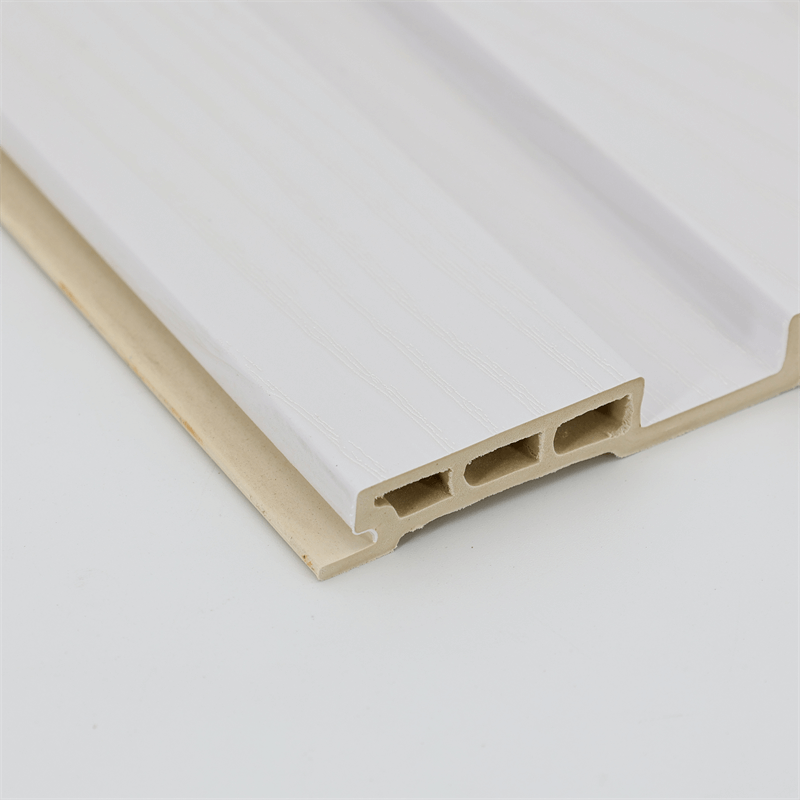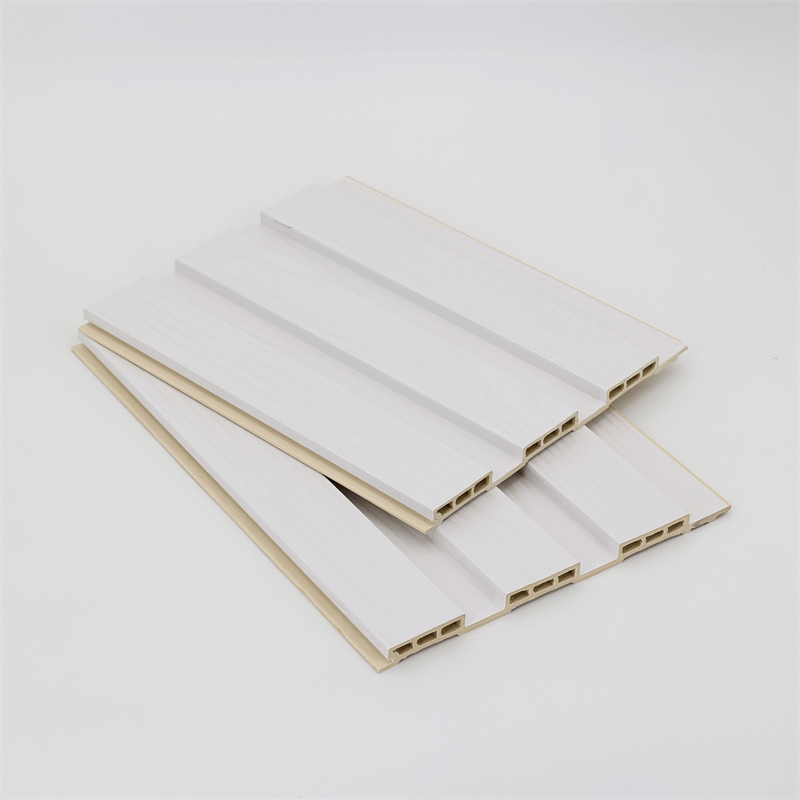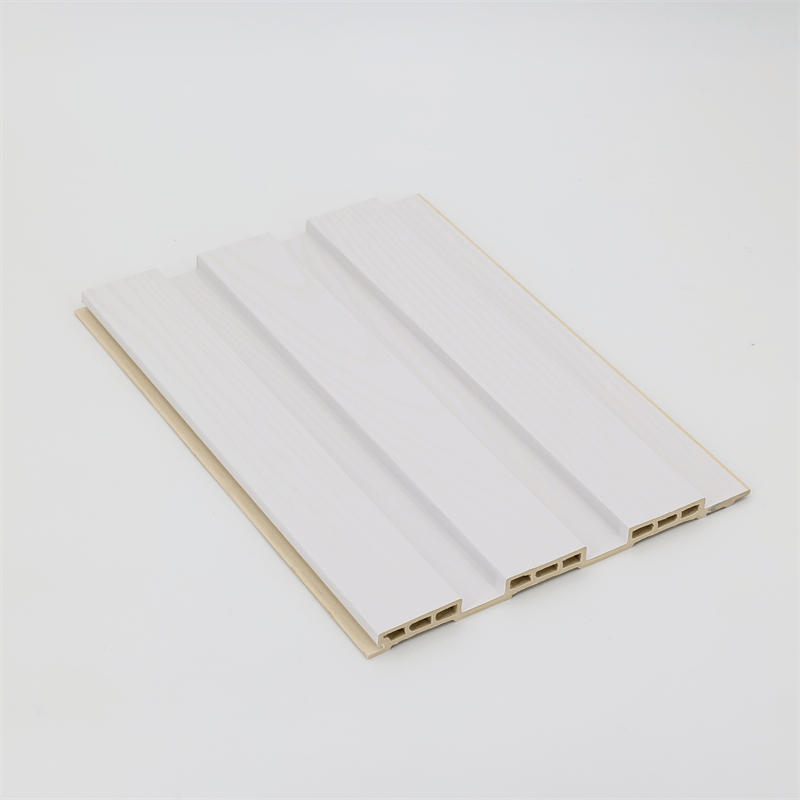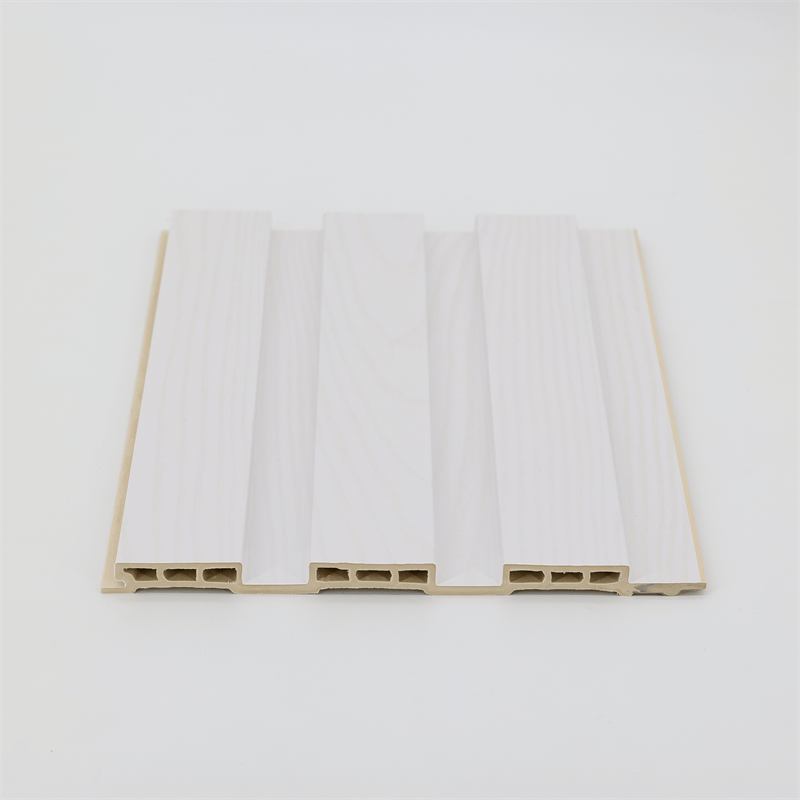In the world of interior and exterior design, visual appeal plays a pivotal role in creating captivating and inspiring spaces.
The emergence of Wood Plastic Composite (WPC) wall panels has revolutionized the way we approach aesthetics, offering a wide range of design possibilities that combine beauty, functionality, and sustainability.
In this essay, we will explore the concept of aesthetic marvels and delve into the visual impact that WPC wall panels bring to interior and exterior environments.
Through their versatility, texture, color options, and seamless integration, these panels have elevated the possibilities of design, capturing the imagination of architects, designers, and homeowners alike.
I. Versatility: A Canvas for Creativity
Customization Options: WPC wall panels provide a platform for endless creativity and customization.
With a variety of sizes, shapes, and profiles available, designers can create unique patterns, textures, and visual effects to suit the desired aesthetic.
Whether it’s a contemporary geometric pattern or a more organic, nature-inspired design, WPC panels offer the flexibility to bring any vision to life.
Texture and Surface Finishes: The texture of WPC wall panels adds depth and visual interest to any space.
Panels can be embossed or textured to resemble various natural materials such as wood, stone, or brick, creating a realistic and captivating look.
The ability to replicate the texture of these materials while offering the benefits of WPC panels, such as durability and low maintenance, is a significant advantage.
Integration with Other Materials: WPC wall panels seamlessly integrate with other building materials, allowing for harmonious design transitions.
Whether combined with glass, metal, or traditional materials, WPC panels create a cohesive and visually striking aesthetic.
This versatility opens up a world of design possibilities, enabling architects and designers to explore innovative combinations that elevate the overall visual impact of a space.
II. Color Palette: Vibrant Expression
Diverse Color Options: WPC wall panels offer an extensive range of color options, allowing for vibrant expression and personalized design.
From earthy tones and natural wood finishes to bold and vibrant hues, the color palette of WPC panels caters to a wide spectrum of design preferences.
The ability to choose from various colors enhances the design flexibility and enables the creation of visually captivating spaces.
Fade Resistance: The colors of WPC wall panels are designed to withstand the test of time. The panels are engineered with UV inhibitors that protect against fading caused by prolonged exposure to sunlight.
This fade resistance ensures that the vibrant colors of the panels remain intact, maintaining the visual impact of the space over an extended period.
Color Combinations and Patterns: WPC wall panels can be used to create captivating color combinations and patterns, adding depth and visual interest to a room.
By combining panels in different colors or incorporating contrasting elements, designers can create focal points, accent walls, or artistic arrangements that become the centerpiece of the space.
III. Seamless Integration: Creating a Unified Design
Interlocking Systems: WPC wall panels are designed with interlocking systems that ensure a seamless and uniform installation.
The panels fit together tightly, eliminating visible gaps and creating a visually appealing, continuous surface.
This seamless integration contributes to a clean and polished aesthetic that enhances the overall visual impact of the space.
Hidden Fasteners: The installation of WPC wall panels often involves hidden fastening systems, which further contribute to a sleek and uncluttered appearance.
By concealing the fasteners, the panels maintain a smooth surface without any visible screws or nails, resulting in a visually striking design.
Interior-Exterior Continuity: WPC wall panels enable a seamless transition between interior and exterior spaces.
With their weather-resistant properties, these panels can be used to create a consistent design flow that blurs the boundaries between indoor and outdoor areas.
This continuity enhances the visual impact of both spaces and creates a harmonious connection between the built environment and nature.
IV. Statement-Making Applications: Impactful Design Elements
Feature Walls: WPC wall panels are often used to create impactful feature walls that serve as focal points in a room.
Whether it’s a bold color, a textured surface, or a unique pattern, feature walls add drama and visual interest, elevating the overall aesthetic of the space.
WPC panels offer a versatile canvas for creating captivating feature walls that leave a lasting impression.
Architectural Accents: WPC wall panels can be used to accentuate architectural elements, such as columns, arches, or niches.
By incorporating panels into these features, designers can add dimension and visual appeal to otherwise plain surfaces.
The versatility of WPC panels allows for intricate detailing and customized accents, enhancing the architectural aesthetics of a space.
Exterior Facades: WPC wall panels are an excellent choice for enhancing the exterior facades of buildings.
These panels not only provide visual appeal but also offer durability and protection against the elements.
The use of WPC panels in exterior applications can transform the look of a building, creating a striking and modern facade that stands out in the urban landscape.
WPC wall panels have emerged as aesthetic marvels that redefine the possibilities of design.
Through their versatility, wide-ranging color options, seamless integration, and statement-making applications, these panels capture the imagination of designers and homeowners seeking visually stunning spaces.
Whether used to create custom patterns, replicate natural textures, or make bold design statements, WPC panels offer a sustainable and visually impactful solution.
As the demand for captivating aesthetics continues to drive the design industry, WPC wall panels are at the forefront, revolutionizing interior and exterior spaces with their beauty and functionality.
V. Harmonious Complement: Enhancing Existing Décor
Compatibility with Various Styles: WPC wall panels have the unique ability to seamlessly complement a wide range of design styles, from contemporary and modern to traditional and rustic.
Whether used in residential or commercial settings, these panels blend harmoniously with existing décor elements, enhancing the overall visual appeal of the space.
The versatility of WPC panels allows them to adapt to diverse design aesthetics and contribute to a cohesive and balanced interior or exterior environment.
Enhancing Natural Elements: WPC wall panels have a natural look and feel that can enhance the presence of other natural elements within a space.
For instance, when used in conjunction with indoor plants, these panels create a harmonious connection with nature, bringing a sense of tranquility and organic beauty to the surroundings.
By seamlessly integrating with natural materials and elements, WPC panels elevate the visual impact and create a soothing atmosphere.
Accentuating Lighting: Lighting plays a crucial role in highlighting architectural features and creating ambiance.
WPC wall panels can work in synergy with lighting design to enhance the visual impact of a space.
Through strategic placement of lights, the textures and patterns of the panels can be accentuated, creating captivating visual effects and adding depth to the overall design composition.
The interplay of light and WPC panels can create stunning visual displays that captivate and engage occupants.
VI. Designing with Sustainability in Mind
Eco-Friendly Materials: WPC wall panels contribute to sustainable design by utilizing recycled materials, such as wood fibers and plastic, which reduces the demand for virgin resources.
By opting for these panels, designers and homeowners actively participate in environmental conservation, making a positive impact on the planet.
Longevity and Durability: WPC wall panels are known for their durability and longevity, which is a key aspect of sustainable design.
Their resistance to rot, moisture, and pests ensures that they maintain their visual appeal over time without the need for frequent replacements.

By choosing WPC panels, designers contribute to reducing waste and conserving resources.
Low Maintenance Requirements: WPC wall panels require minimal maintenance, making them a practical and sustainable choice.
Unlike traditional materials that may need frequent refinishing or repainting, these panels can be easily cleaned with mild detergent and water.
The low maintenance nature of WPC panels saves both time and resources, allowing for a more sustainable and hassle-free design solution.
The visual impact of WPC wall panels is undeniable, offering endless possibilities for creativity and design expression.
With their versatility, compatibility with various design styles, and ability to enhance existing décor, these panels elevate the aesthetics of interior and exterior spaces.
Additionally, the sustainable attributes of WPC panels, such as the use of eco-friendly materials, longevity, and low maintenance requirements, align with the principles of sustainable design.
As designers and homeowners continue to seek visually captivating and environmentally responsible solutions,
WPC wall panels stand as aesthetic marvels that bring beauty, functionality, and sustainability together in perfect harmony.



